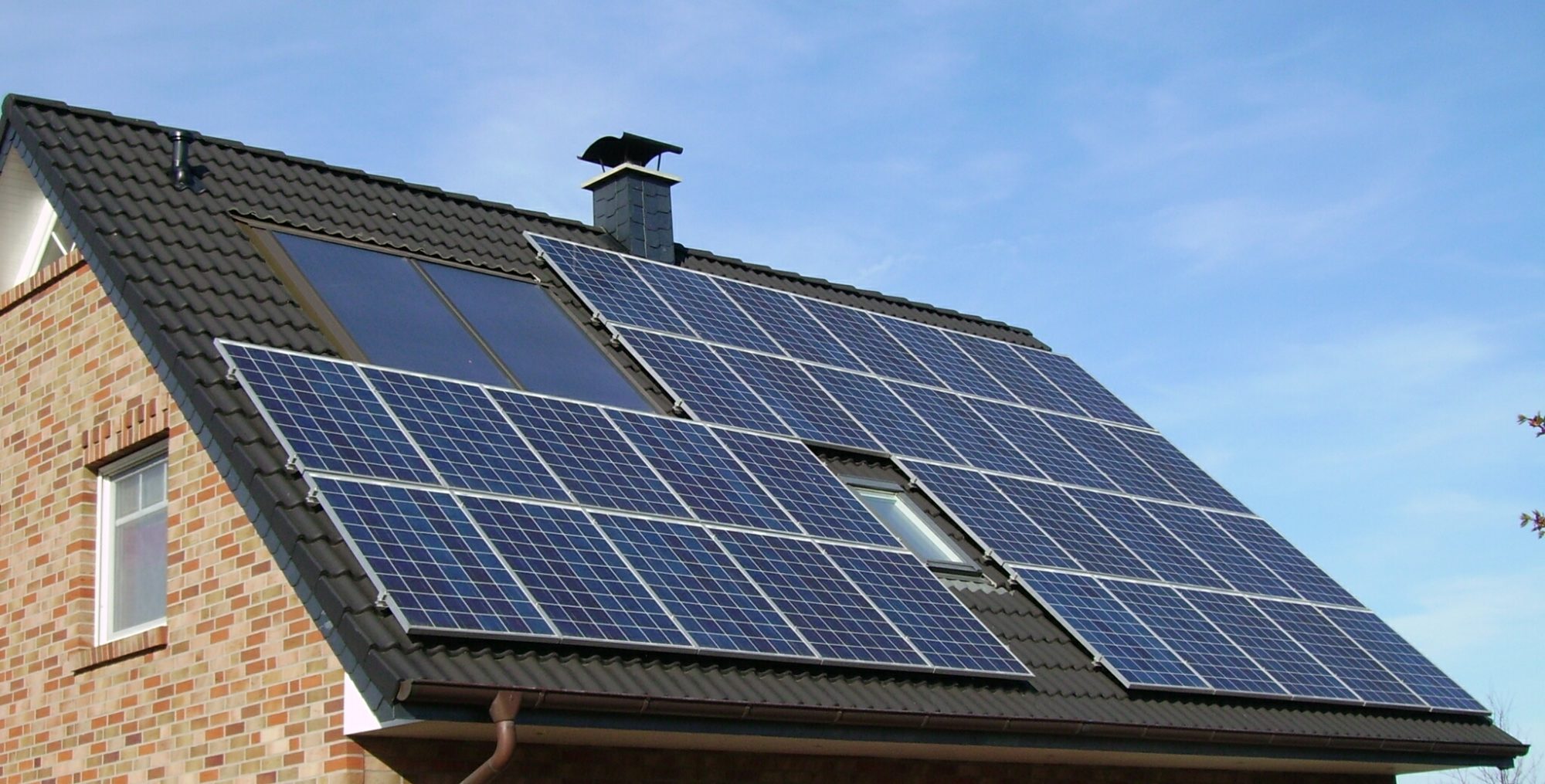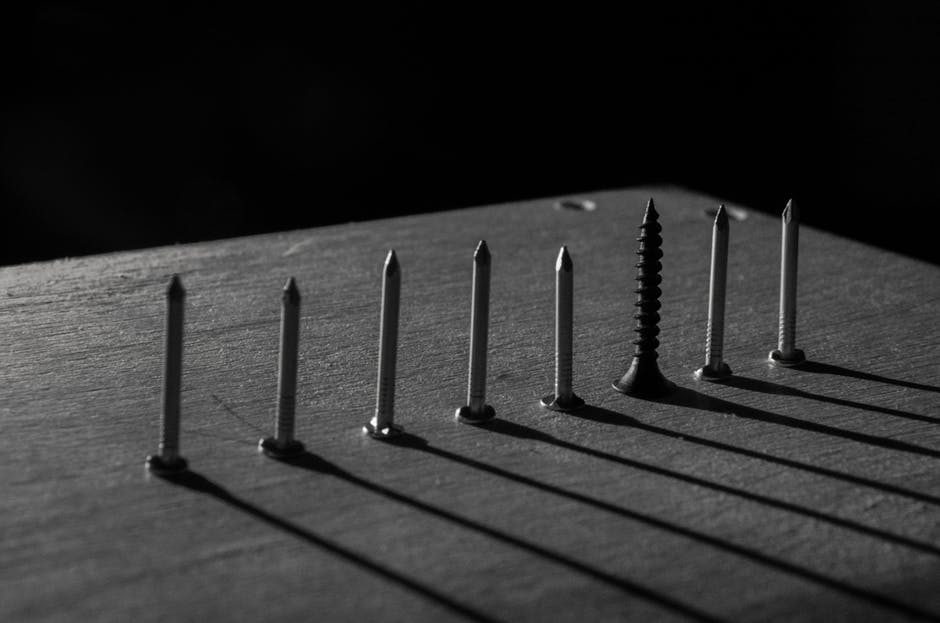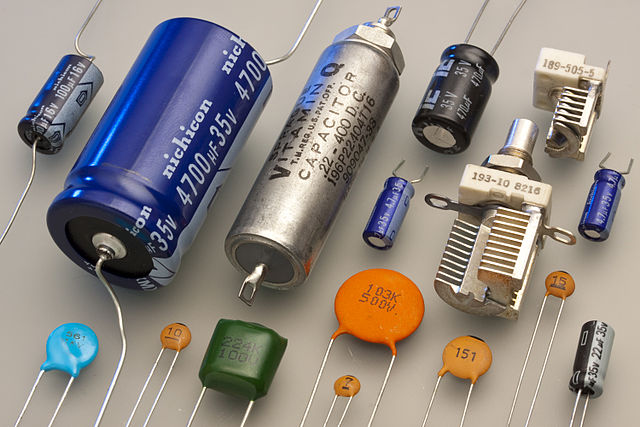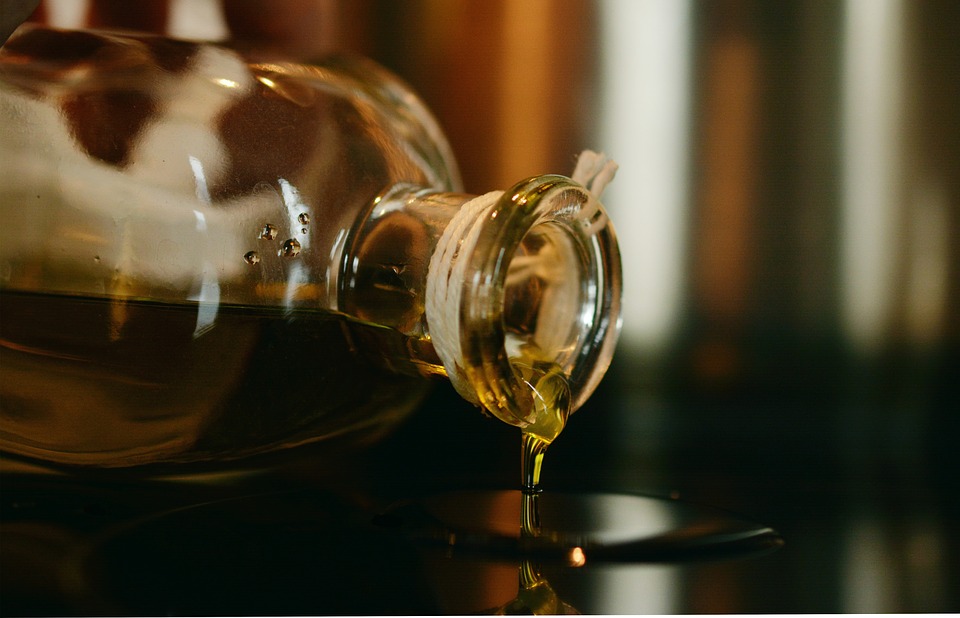Step 1
Cover the workspace with newspaper or a plastic sheet. Paint the outside of the box black. Leave it to dry completely.
Step 2
Tape a piece of masking tape to each of the cans. On each of the pieces of tape, write the name of one of the materials under test.
Step 3
Take one of the cans and fill it with half of given the material. Insert the thermometer into the can and, holding it in place, finish filling the can. Repeat for the other cans.
Step 4
Draw a results tables similar to the those shown in Figure 1.
Step 5
Take the initial temperature reading in each of the cans.
Step 6
Place all of the cans inside the box but do not cover the box.
Step 7
If a shallow box is used, holes may need to be cut into the top of the lid to pass the thermometers through. Ask an adult to help you cut the openings.
Step 8
Take the box outside and place it in the sun.
Step 9
Carefully cover the box. The lid or covering can be fastened using some tape.
Step 10
Use the spare thermometer to measure the air temperature near the box. Record the reading.
Step 11
Leave the boxes in the sun for half an hour.
Step 12
Open the box and measure the air temperature within it. Record this temperature, as well as the temperatures inside of each of the cans.
Step 13
Re-seal the box and leave in the sun for another half hour. Step 12 should be repeated at least twice more. As the boxes get warmer, the metal cans will may get very hot and oven gloves may need to be worn to prevent burns.
Step 14
Using the graph paper, plot graphs to show how the temperature inside the box and within each material changed with time. You can do 6 separate plots or you can plot all the results on a single graph for better comparison. Remember to always label your graphs.

Figure 1: Create one table for each of the materials and one for the temperature inside the box.
- Mercury thermometers should be avoided when possible. If such thermometers break, the mercury can spill out. Mercury can have a dangerous effect on human health and the surrounding environment.
- The heated cans may pose a burning hazard, so gloves may need to be worn when handling the cans.
- Take care when making the openings for the thermometers in the lid of the box. The thermometers can easily crack and create a cutting hazard.
- Ensure that there are no sharp edges or pieces of metal on the cans which could lead to cuts.
- Where possible always use recycled materials such as old shoe boxes and unwanted newspapers.
- The cans, shredded paper and cardboard box can all be reused or recycled after clean-up.
Imagine you’re taking part in an obstacle course race. First you have to dribble a football around some cones. Then you have to skip through some tyres on the floor. Next up is net where you have to climb all the way up one side and all the way down the other. Finally, you need to wade your way through a gloopy pool of thick mud.
You want to run through the course as fast as you can, but the obstacles keep slowing you down. Each obstacle slows you down to a different extent. For example, you may be able to dribble the football around the cones much faster than you can wade through the mud.
So now you know what heat energy experiences when it meets insulating materials. The heat energy naturally wants to travel from warmer regions to cooler regions. So in winter it wants to travel out of the home and in summer it wants to travel into it. Now, the walls and roofs of homes usually have special materials called insulating materials built into them. These prevent heat from entering or escaping from the home.
There are a lot of insulating materials – some better than others. Imagine in our race example, that you are the heat energy trying to travel out of the house to the cool winter air outside. Each obstacle represents a different insulating material. Although they all slow you down, some are a lot better at slowing you down than others. So the mud would represent a better insulator than the cones and football.
In this experiment we are investigating which materials are the best for home insulation. In this case we are heating from the outside and taking the temperature at the centre of the material. So the material which heats up the least at its core has the best insulating properties – it provides the hardest obstacle for the heat energy – and so it is best for keeping heat trapped in winter and keeping heat out of our houses in summer.
Why was the box painted black?
Matt, black surfaces absorb heat the best.
Which material would you use to insulate a house?
Insulating material with smallest temperature change.
How can thermal insulators also be used to cool a building?
Prevent heat from entering the building.
Why is building insulation important?
Saves on cost and emissions associated with heating (or cooling) a building.
How can water be used in active heating systems?
To circulate heat.
Why should hot water pipes be covered in insulating materials?
Prevent loss of heat.
In thermal conduction, when a material is heated, the motion of the particles within a material increases. Heat is transferred throughout the material by particles transferring their extra motion to neighbouring particles. The materials investigated in this experiment are all poor conductors of heat and are known as thermal insulators. These materials prevent heat energy from travelling from one area to another. They can be used to ‘trap’ heat energy to heat up a room or building and to keep heat energy out of buildings, too. Some insulating materials such as shredded paper trap air, which has an insulating effect.
In passive solar heating systems, insulating materials are used to heat rooms or small buildings. These materials are usually built into the walls and floors. They can also be used to cover hot water pipes which transport warm water to the kitchen or bathroom.
In Passive Solar heating design, homes may be designed to capture solar energy via the windows and then retain the heat via insulated walls. They may use window shadings and nighttime ventilation for cooling in the summer. The insulation prevents heat entering the house through the walls and roof.
In active solar heating systems, solar power is captured and used to heat a fluid. The warm fluid is circulated around the building. These set ups are more complicated and expensive to install than passive heating systems. Using passive solar heating systems can help to reduce the need for active systems, thus reducing the cost and emissions associated with heating building.
Thermal conduction occurs due to energy transfer at an atomic or molecular level. Particles in the heated area gain energy and their motion increases. These particles push against neighbouring particles, increasing their motion. The free electrons present in metals promote this energy transfer, making metals good conductors of heat. Insulators do not have free electrons and conduction takes place via elastic waves; they have low thermal conductivity. In conductors, the transfer of energy via elastic waves is negligible. Insulators are used to keep heat within or out of a space.
Different types of passive insulation are used in housing. For example plastic foam is used to insulate warm water pipes and tanks. Walls can be filled with mineral wool or plastic foam. Roof and loft insulation usually consists of mineral wool or glass. Double glazed windows use air trapped between the panes.
The specific heat capacities of the materials affect their rates of heating. The specific heat capacity of a material is a property of the material and is defined as the heat energy required to raise the temperature of 1kg of the material by 1ºC. Since all the cans received approximately the same amount of heat energy, the specific heat capacity of the materials has a substantial effect on the change in temperature experienced by each material. Equation 1 shows the relationship between temperature change and specific heat capacity.
[latex]\Delta [/latex] [latex]T = \frac{\Delta Q}{mc}[/latex] [1]
Where: ΔT is the change in temperature in ºC, Q is the heat energy transfer in Joules, m is the mass in kg and c is the specific heat capacity in J/(kg ºC)
So, if two of the cans receive the same amount of heat energy and contain the same masses of the different materials, the material with the lower specific heat capacity would heat up faster. Likewise, the material with the lower specific heat capacity will cool down faster. Note that since the materials were measured using volume as opposed to mass, direct comparison based on specific heat capacity is difficult.
Applications
Some form of thermal insulation is used in most buildings across the world. Insulation is most commonly used in residences and commercial buildings. During the winter months, thermal insulation reduces the amount of heat energy within the building being transferred to the colder air outside. During the summer months, thermal insulation performs the opposite function of preventing heat from the warmer atmosphere outside from being transferred into the building, which is cooler on the inside.
Research
Recent research has been focused on retrofitting technologies which can be added to existing buildings in order to improve their heating and cooling efficiency. In one study, an approach using passive and active technologies, as well as an innovative energy management system was studied. A substantial amount of heat energy is received from and lost via the facade of a building, making it an important frontier in the control of heat flow in and out of buildings. This new technology involves the installation of panelling on the facade to control heat transfer. It is being tested on a building in Spain where winter temperatures plummet to below 0ºC and summer temperatures soar to over 35ºC, making for ideal testing conditions.
- Try expanding the experiment to other materials such as cooking oil, sponge, wood chippings or plastic wool.
- Repeat the experiment using a new box. This time cover the box in aluminium foil or paint it white instead of black. How does this affect the results?









